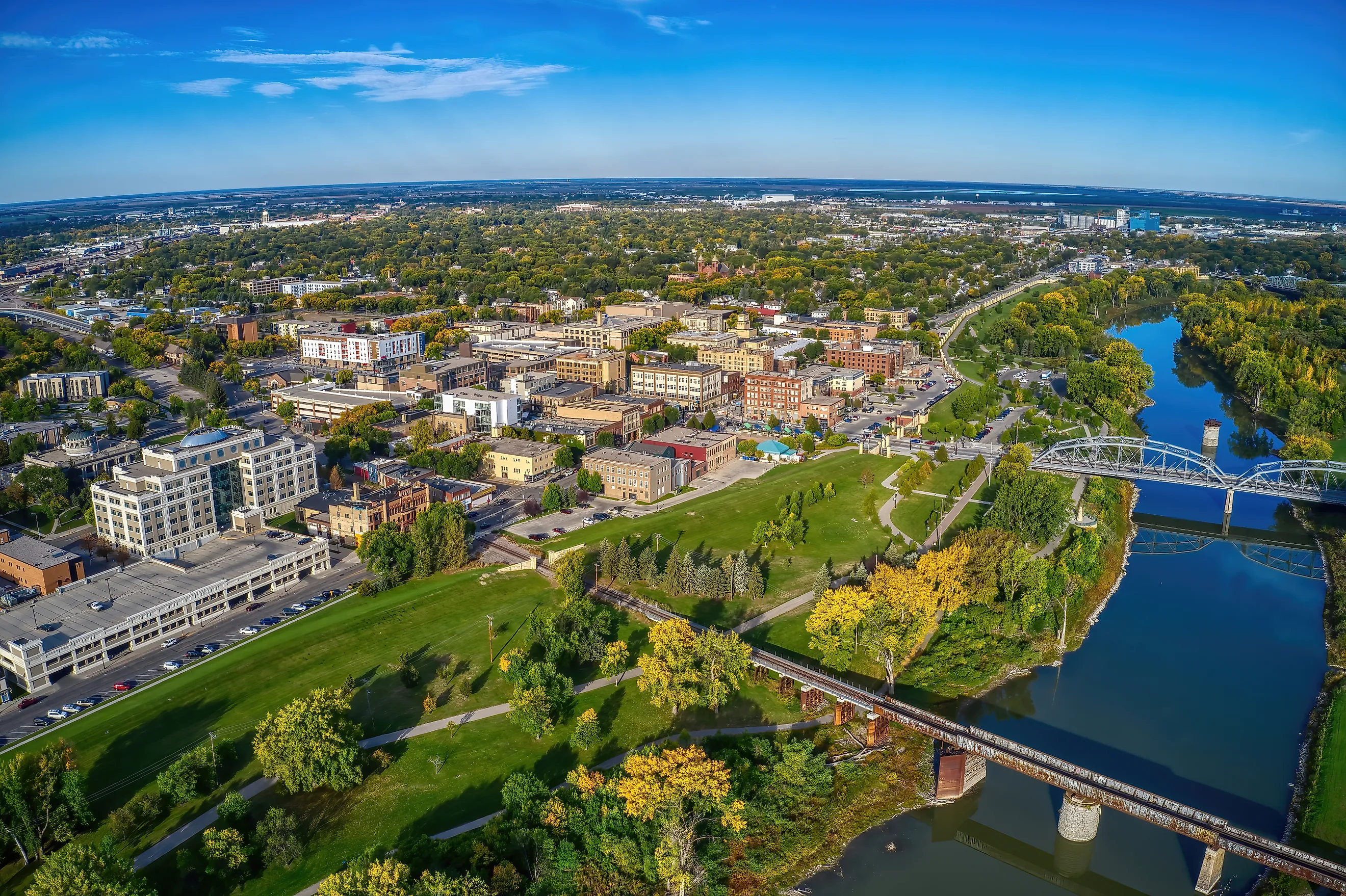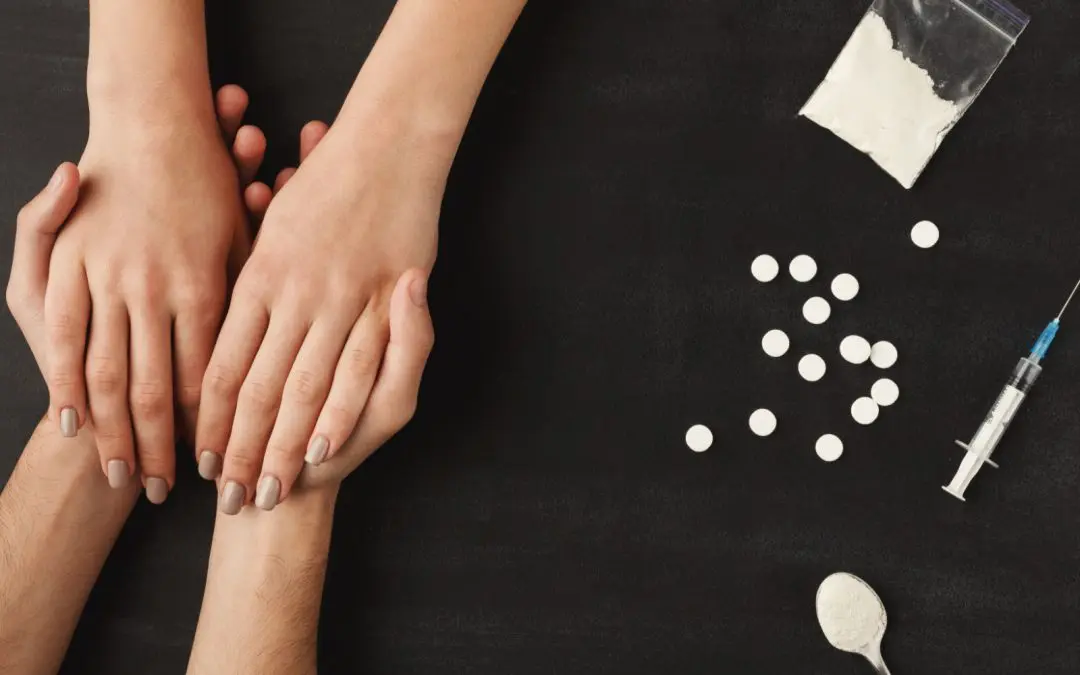24/7 Helpline:
(866) 899-221924/7 Helpline:
(866) 899-2219
Learn more about 12-Step Rehab centers in Mylo
12-Step Rehab in Other Cities

Other Insurance Options

Molina Healthcare

Sliding scale payment assistance

Absolute Total Care

Anthem

ComPsych

Cigna

BlueShield

Optima

Magellan

GEHA

Holman Group

BHS | Behavioral Health Systems

Magellan Health

Horizon Healthcare Service

Multiplan

Aetna

PHCS Network

Group Health Incorporated

MHNNet Behavioral Health

Amerigroup













Cornerstone Addiction Services
Cornerstone Addiction Services is an outpatient clinic that provides substance abuse counseling and ...

QNBMHCF PHS Indian Hospital – Behavioral Health
Located in Belcourt, North Dakota, QNBMHCF PHS Indian Hospital – Behavioral Health offers alcohol an...










